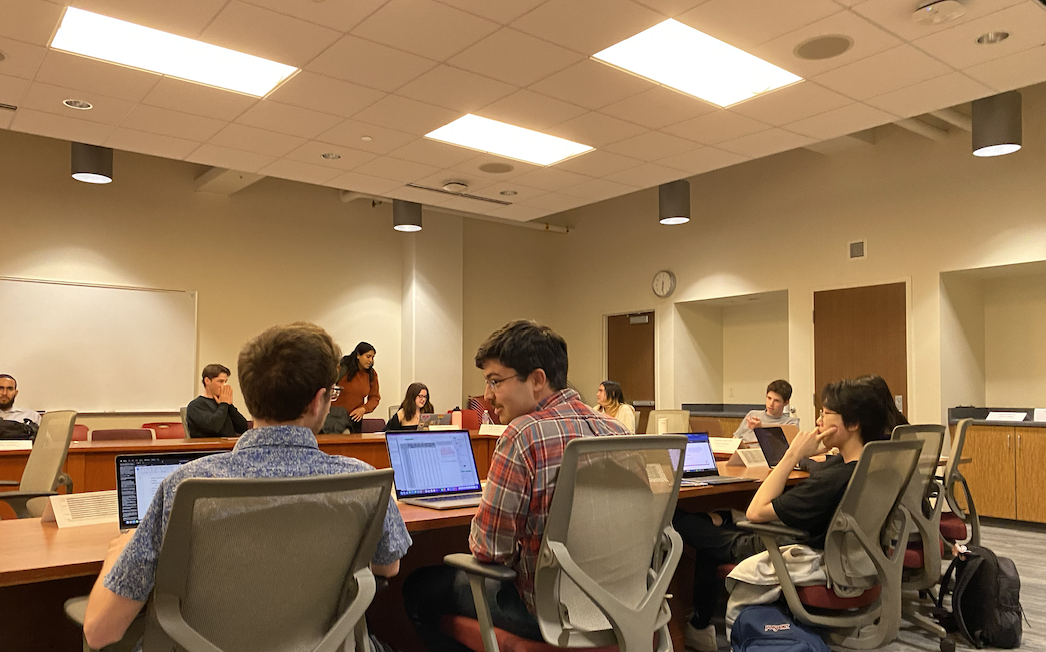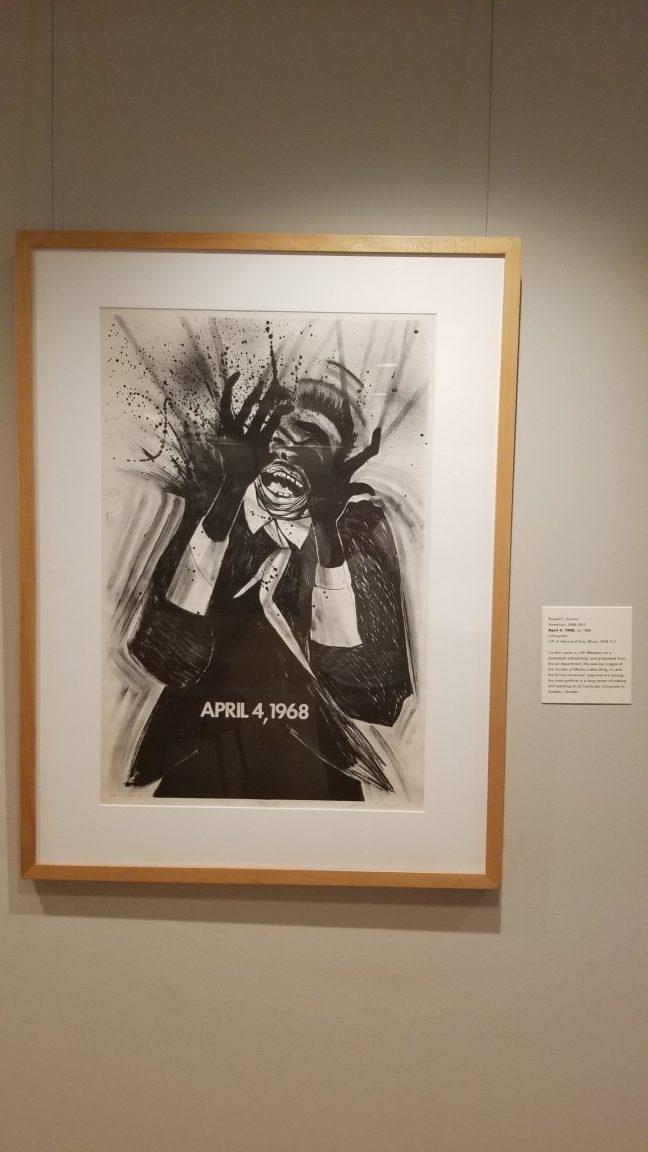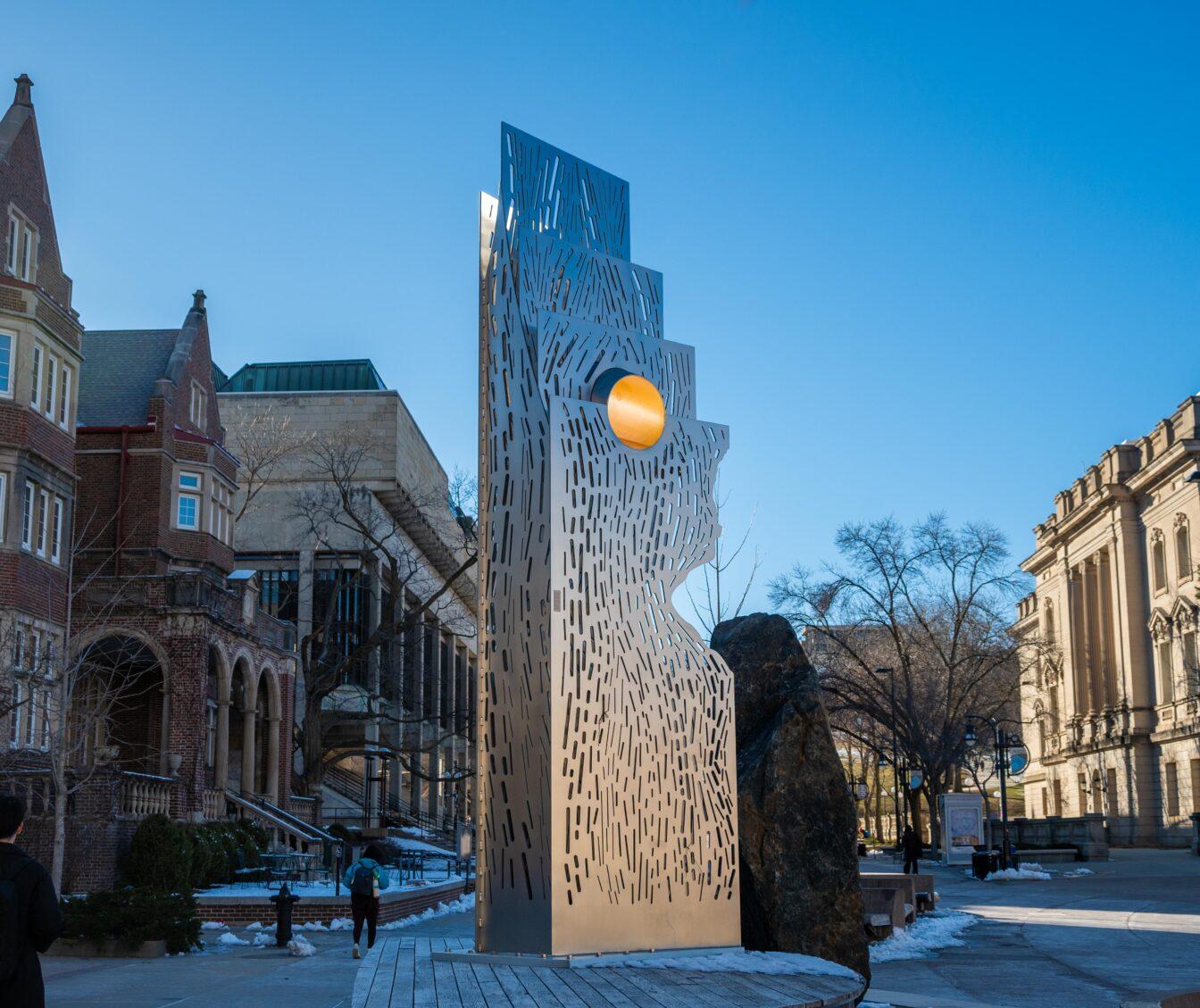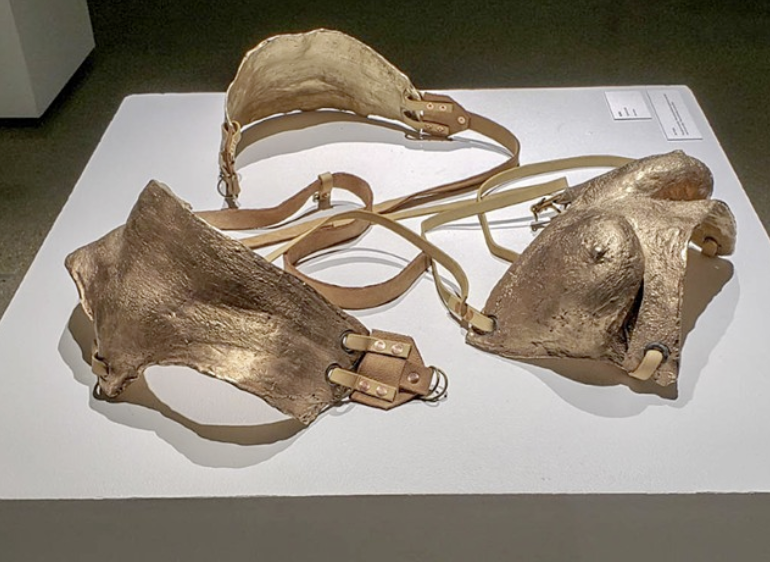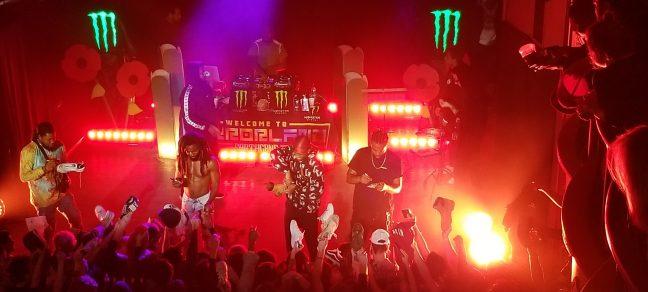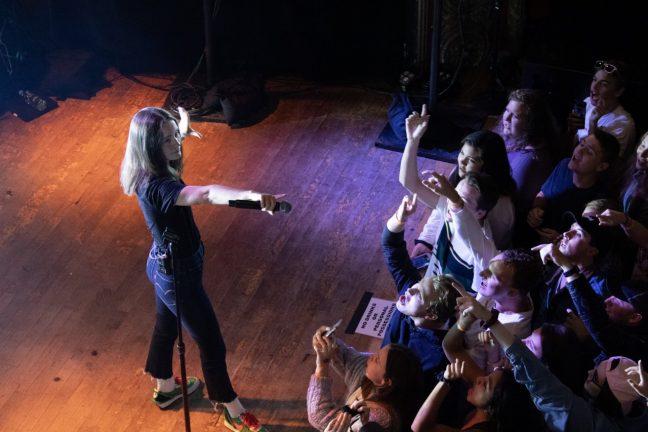Many note the liberal aspects of the Madison population today, but fewer understand the history behind the previous students who championed activist movements forming such an atmosphere.
The Print in Protest art gallery at the Chazen Museum of Art captures a snapshot of this history through endless textures and colors of print media.
The gallery focuses in on pieces made in the full swing of contention during the 1960s and 70s, when the issues that troubled students on the local and national level revolved around civil rights, poverty and the Vietnam War. Organizers representing the Madison Reunion — an organization that facilitates reunions for alumni — called for the exhibit as an homage to those volatile years on campus.
Andrew Stevens, curator of prints, drawings and photographs at the Chazen, finds a powerful beauty in the history of Madison and calls patrons to appreciate the impact each of our hometowns can have.

Tenzin Woser/The Badger Herald
“Madison history is its own interesting thing,” Stevens said. “Sometimes we think that our hometowns are not important in some ways but everything that goes on nationally starts in some place like Madison.”
As I walked amongst these powerful pieces, I stopped in front of a particularly visceral piece named April 4, 1968, by Russell T. Gordon. The shaking torso of Martin Luther King Jr. is depicted, while life is ripped from his chest in a splattered frenzy.
The piece arrived in the hands of the Chazen after an alumnus found the piece amongst her gifts, but found it too difficult to hang up in her home — so it was donated. Unsure who or where the piece came from, Stevens set out to identify the artist. After some time he was able to track down the piece by signature to Gordon, another past student at the University of Wisconsin who found a voice in studying art.
Stevens spoke of his concerns around displaying such a gory piece at first before referencing an experience with patrons.
Staple of east side community, Orton Park Festival returns for 53rd year
“They are remarkably able to encompass it,” Steven said. “Maybe that’s because we all see such horrible things on a regular basis —that we’re a little jaded.”
Out My Garden Window by Warrington Colescott in 1969 is a particularly engaging work on display. The piece is based on conflicts over the university’s involvement in the Vietnam War as student involvement reached an all-time high. The picture visualizes a row of tranquil homes playing their roles as quiet overseers as riots and gas fill the streets below them. One subtle part of the piece that Stevens let me in on was that in the center of the homes, Colescott places a tiny study referencing his own perspective and place amongst the chaos.
“Warrington made that piece out of several plates,” Stevens said. “Each one contributes to the final print. To have any of them apart from the rest of them is nearly meaningless.”
Madison World Music Festival brings songwriters, dancers from across the globe
Stevens couldn’t say if he had a particular piece, it’s just not something he does. He doesn’t see the artwork as singular pieces. Rather, the displayed images are more of a big body of information that several artists contribute to.
Stevens maintains that each piece is distinctly essential in creating an individual’s narrative of the world we live in.
“It’s not even like asking someone about someone’s favorite book. It’s like asking someone about their favorite page in a book,” Stevens said.
Stevens implores the sharing of experience, that we save all the things which are experienceable. The hope is that people will assemble these experiences for themselves and become a culture.
A new exhibit in Chazen’s Garfield Gallery explores relationship between science fiction, literature
Stevens noted that in the past students believed every point of view is worth considering. To put something off limits is just unwise. No scholar wants to be hindered in the work, Stevens claimed.
With the show now being extended until the end of September, and maybe further, Stevens admits that the collection does not encompass all of the events of the time. But, he encourages those aware of the events in the exhibit to gain a grander outlook on the breadth of print media. He is hopeful that the collection may act as a firm reminder of the dangers of forgetting the past while trying to follow the mission of creating a more promising future.







